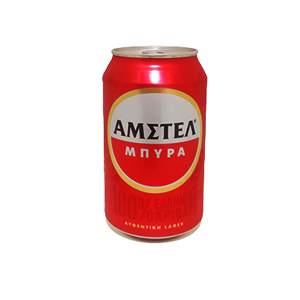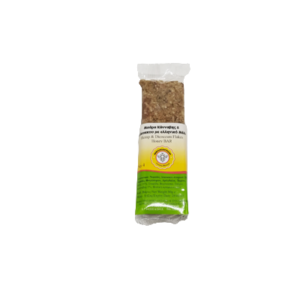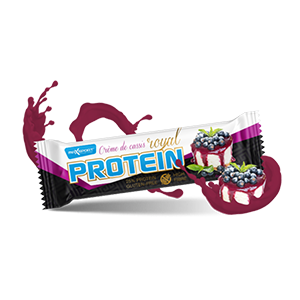Ο ανανάς, πέρα από την πλούσια, γλυκόξινη γεύση του, έχει υψηλή διατροφική αξία. Όπως φαίνεται και στον παρακάτω πίνακα, 100γρ ανανά αποδίδουν μόλις 50 θερμίδες, ενώ το φρούτο αυτό είναι πλούσιο σε βιταμίνη C και μαγγάνιο. Μάλιστα, 100γρ ωμού ανανά αποδίδουν το 58% των ημερήσιων αναγκών ενός μέσου ενήλικα σε βιταμίνη C και το 44% σε μαγγάνιο.
https://www.mednutrition.gr/portal/lifestyle/diatrofi/16026-ananas-posa-gnorizeis-gia-to-eksotiko-froyto
A pineapple is a tropical fruit known for its iconic shape – a sphere of sweet and juicy flesh surrounded by a tough, segmented skin, with a tuft of spiky green leaves on top. The fruit is actually a collection of flowers, each with its own eye that is fused around the centre core, and it takes about three years for just one pineapple to reach full maturation.
Nutritional benefits of pineapple
Pineapples are naturally high in fibre, an important component of a healthy diet that can help improve digestion.
Pineapples also contain a good array of vitamins and minerals including calcium, manganese, plus vitamins A and C, as well as folic acid.
One of the key phytonutrients found in pineapple is bromelain that has long been recognised for its anti-inflammatory and anti-microbial effects.
Both fresh and tinned pineapple counts towards your five-a-day target, but if you go for the tinned variety, choose a can with no added sugar or salt. An 80g portion, or one average slice, counts as one of your five-a-day. One 150ml glass of pineapple juice also counts, but be aware that this is high in sugars and can be damaging to teeth. For this reason, one 150ml glass can only count as one portion of your 5-a-day regardless of the amount consumed.
https://www.bbcgoodfood.com/howto/guide/health-benefits-pineapple






